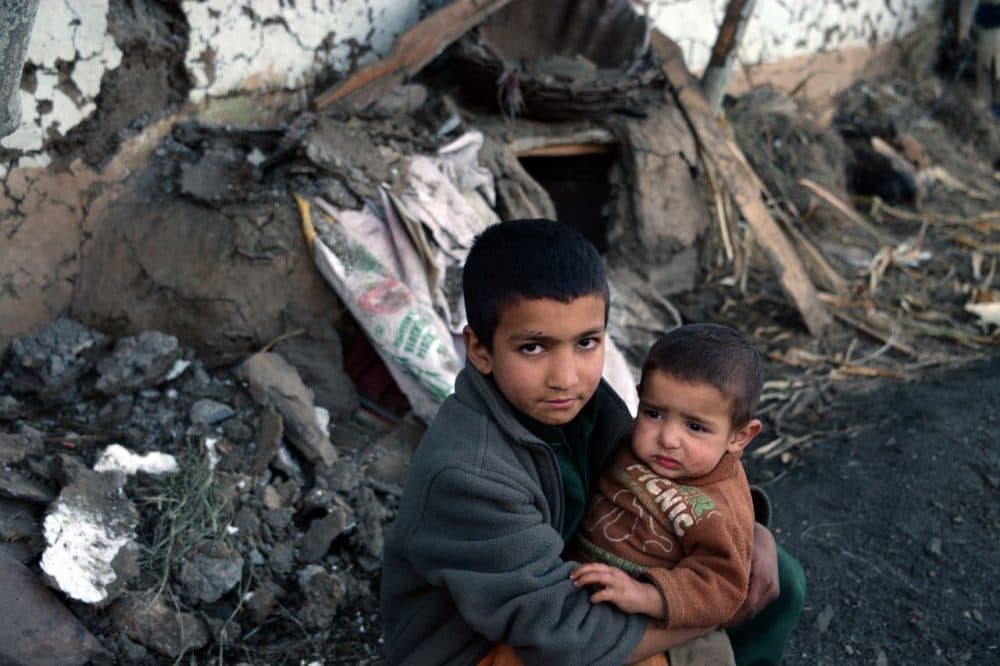Advertisement
Rescuers Struggle To Reach Remote Quake Areas
Resume
Crews are struggling to reach some of the remote regions in Pakistan and Afghanistan struck by yesterday's earthquake. The death toll from the quake is now more than 300.
Afghan authorities are scrambling to access the hardest-hit areas near the epicenter, 45 miles south of Fayzabad, the capital of Badakhshan province. In Pakistan, the Swat Valley and areas in the mountains of Khyber Pakhtunkhwa province were also hit hard by the quake.
NPR's Phillip Reeves joins Here & Now's Robin Young with the latest.
Guest
- Philip Reeves, international correspondent for NPR based in Islamabad, Pakistan. He tweets @preeves106.
This segment aired on October 27, 2015.